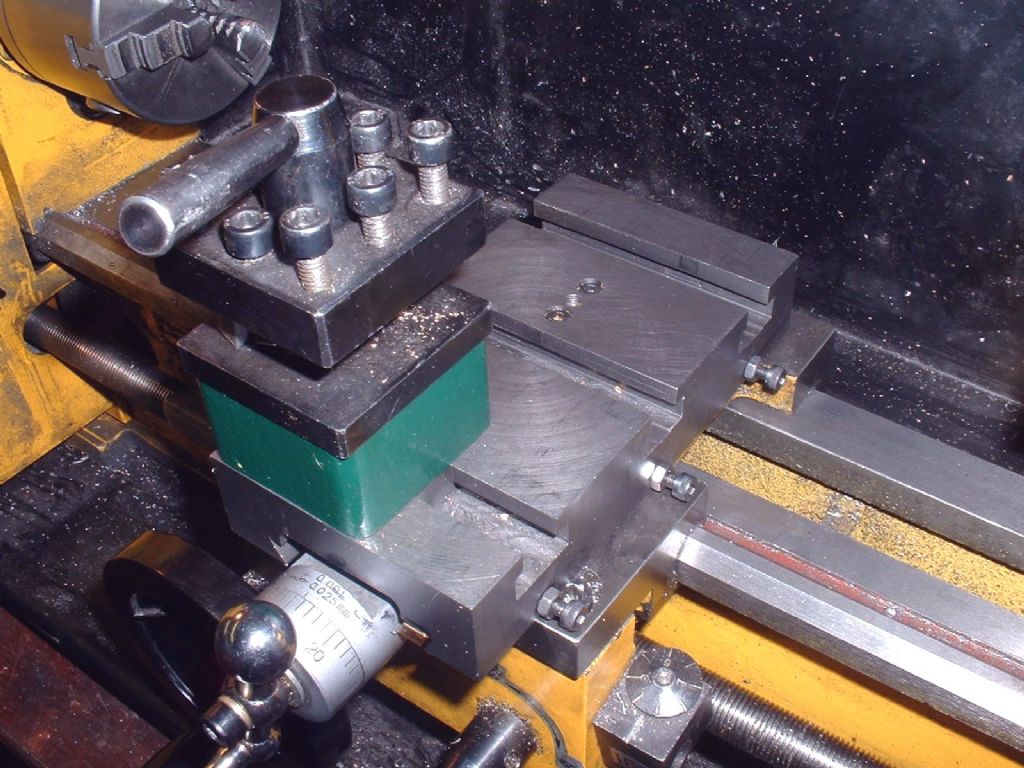Pultra 1750, 1770. Adding to Michaels post a little. Not exactly problems just factors.
The headstock bearings look like they are easily adjustable via nuts on each end. In practice these close the bearing down hard onto a laminated shim.
Makes adjustment interesting as there will be some wear on the spindle so I suspect it was a case of remove the lot, remove a shim, clamp it all up and adjust hole size to suit the spindle, Take apart again and re assemble.
There are variations.
Some have a thrust race to take up spindle end float. Others have a sleeve instead and the spindle has to be adjusted so that this runs up against the ends of one of the bearings. I suspect this type is the one that was cleared for 10,000 rpm use.
Some may have conventional gib strips on the slides rather than the taper adjusted type.
Some 1770's use a 1750 head fitted onto a suitable riser block. Going on the ones I have seen these will have the thrust race and the taper gib strips. Suspect both are down to S&B.
It's possible to move the cross slide well out from the bed for large swings and fit the normal riser blocks to both models which pushes the centre height well up – I'd guess this is how things get broken. I don't think that the lathe is suitable for anything other than extremely light work when it's use like this.
They used to make attachments for these machines on request. I suspect that if some one asked for something along the line of screw cutting, chasers or via gears they would mount it on the nicely machined flange under the end cover. That might explain why there are so many tapped holes in it. Might make a nice project for some one with one.
John
–
Chris Evans 6.


 I can't get rid of it.
I can't get rid of it.


